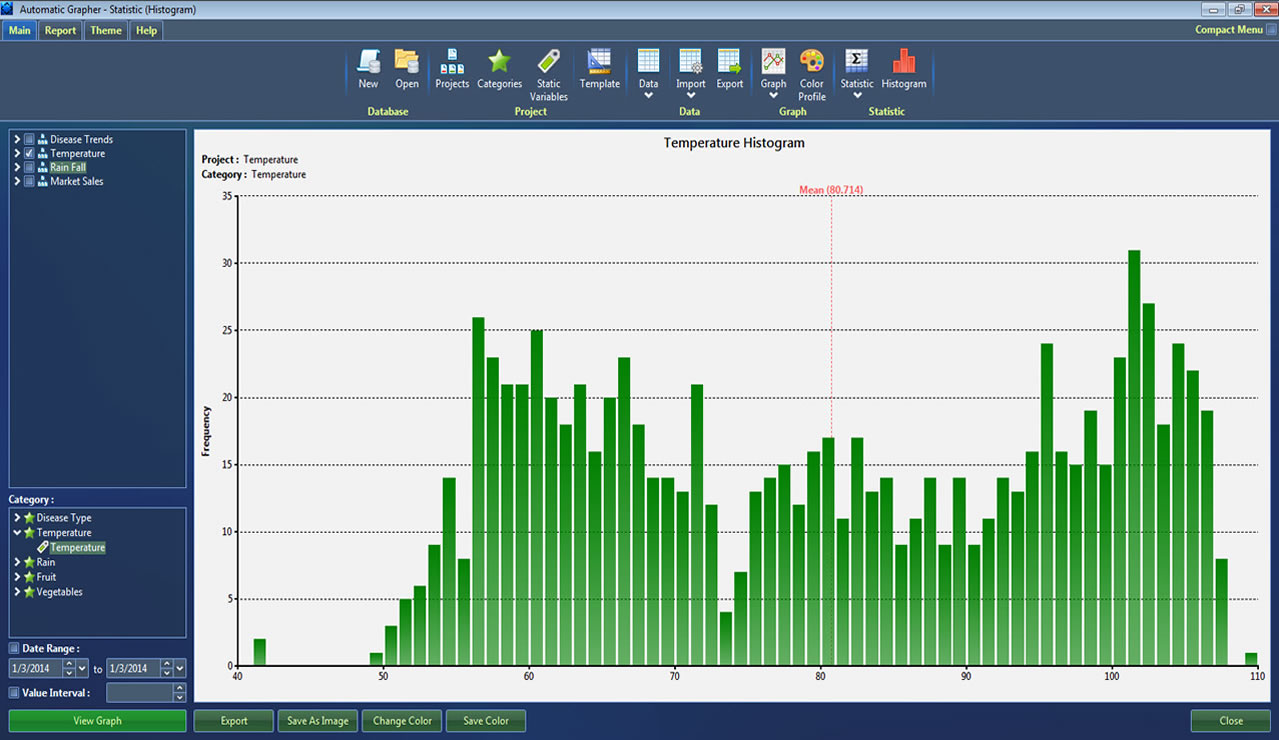

- #HISTOGRAM MAKER FREE HOW TO#
- #HISTOGRAM MAKER FREE FULL#
- #HISTOGRAM MAKER FREE PRO#
- #HISTOGRAM MAKER FREE PROFESSIONAL#
#HISTOGRAM MAKER FREE PROFESSIONAL#
You want a professional logo, but you don't have the budget to work with a graphic designer
#HISTOGRAM MAKER FREE PRO#
It’s our proven one-stop-shop to design your own blog logo – without being a pro graphic designer. That’s why we have built the Blog Logo Creator for Canva. Imagine this: Visitors land on your blog, see your branding and your LOGO – and they instantly know that your content is tailor-made for them. A company logo is the first thing customers will see when they’re introduced to a new brand or business, so it’s important that you create a logo first and foremost. Your logo design is essential to your brand’s identity. Download your logo in 300 px with the Free Pack, or in 2000 px with the Premium pack.Ĭreate a logo to showcase your unique brand. Online Logo Maker comes in two flavors: Free and Premium. That's why Online Logo Maker is simple and complete at the same time.

#HISTOGRAM MAKER FREE FULL#
You don’t have to wait for days on end to get your full logo set when you can to create a logo online, free. Creating a logo for your brand shouldn't take a lot of time, should be fun and affordable and that's exactly what Turbologo can offer to you.Quick and easy designs Designing your logo with Canva comes with a number of perks. Design on your mobile devices by downloading the free Canva app from Google Play Store or the App Store. Canva is available on computers, phones, and tablets - as long as you’re logged in, you can create and edit your logos anytime, anywhere.In the "Parameters: Nonlinear regression" dialog, choose "Gaussian distribution" from the list of classic equations. Now generate the fitted distribution line-start by clicking "Analyze.

An additional advantage is that you can edit the X-axis range and tick intervals to improve the appearance and readability of the graph: Note that this pseudo-bar graph approach (still an X-Y plot as far as Prism is concerned) results in easier-to-read bin center labeling, so you may want to use it even if you're not interested in superimposing a line on the graph. Increase the symbol size, which will widen the "bars", if desired. This produces "spikes" or bars in place of point symbols. Remove the connecting line, click the "Symbols" check box, and change the symbol shape to one of the last four choices. To do that, rather than changing the graph type, leave it as an X-Y plot. Some users like to superimpose a line showing a fitted Gaussian distribution. In the illustration below, we reduced the horizontal axis label font size to accommodate the numerous bin center labels: Graph Type", then choose "Graph Type: Bar Chart". The quickest way to convert to a bar histogram is to click "Change. When the analysis is complete, a Results sheet appears showing values Prism has computed for the frequency distribution:Ĭlick on the newly generated graph sheet to view a line graph of that distribution: Note that you can manually set bin widths in this dialog, or you can allow Prism to do that for you. In the Parameters dialog, check the box to "Create a new graph of the results". Enter your raw data in the first column (only part of the table for this example is shown below):Ĭlick "Analyze" and choose "Statistical Analyses. Prism 3: Set up a table formatted as follows: X column = None (column graph), Y columns = A single column of values. Prism 4: Consult the section entitled "Histograms from Raw Data, using Automatic Frequency Computation" in this learning example. Prism 5: See this step by step explanation in the Prism 5 Help system. Prism 7: This page in the Prism 7 guide helps explains.
#HISTOGRAM MAKER FREE HOW TO#
Frequency Distribution Histogram How to do it with Prismįor the latest guide on how to create a frequency distribution histogram in Prism, visit the user guide on creating a Prism histogram.


 0 kommentar(er)
0 kommentar(er)
